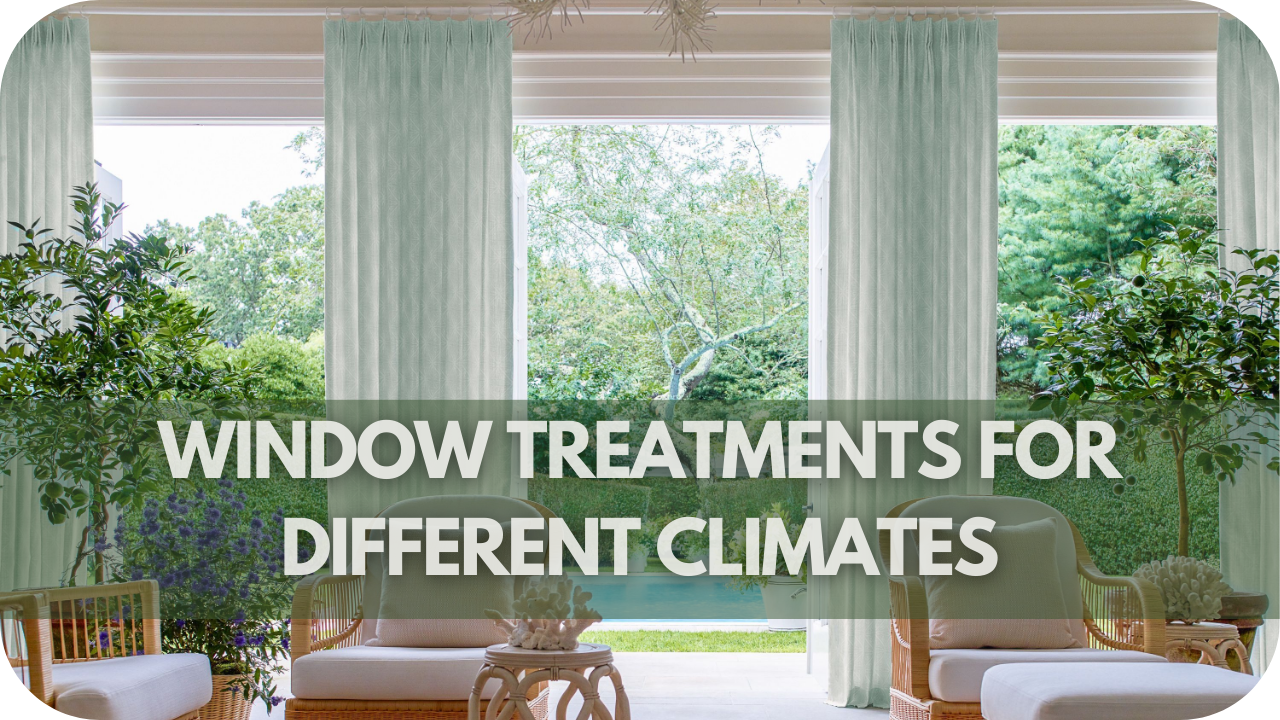Moving to a region with unpredictable weather made me realise that window treatments are more than just decor—they’re essential for adapting to the elements.
Whether shielding from the blazing summer sun or insulating against winter’s chill, the right choices can transform your space. Curious how you can achieve both comfort and style in any climate?
Let’s explore solutions that will make your home a true sanctuary, no matter what the weather throws at you.
Factors to Consider
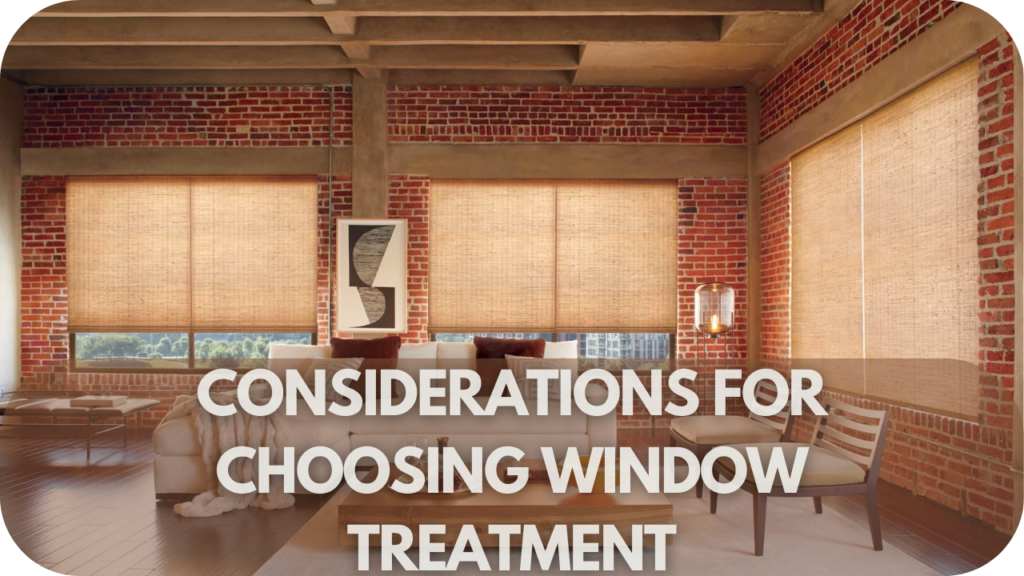
Choosing window treatments suited to your climate involves considering several crucial factors to ensure optimal performance and longevity. Here are the essential considerations:
- Insulation Properties: The insulation capability of window treatments is crucial in regions with extreme temperatures. For colder climates, consider treatments like cellular shades or heavy drapes for thermal insulation to retain heat. In warmer areas, lightweight, reflective materials such as solar shades or sheer curtains help keep the space cool by blocking excess heat and UV rays.
- UV Protection: Sunlight can cause significant fading and damage to your interiors. Opt for window treatments with UV protection in sunny climates, such as solar shades or tinted films. These options reduce glare and protect your furniture, flooring, and artwork from sun damage while maintaining a comfortable indoor environment.
- Light Control: The ability to control light is essential depending on sunlight intensity. In areas with strong sunlight, choose blinds or shades with adjustable slats or fabric options that manage light levels. For regions with long daylight hours, such as northern areas, blackout shades or heavy curtains can ensure restful sleep.
- Durability: Climate conditions can affect the longevity of your window treatments. High humidity or salty air can damage certain materials, so select treatments made from durable, moisture-resistant materials.
- Maintenance Requirements: Some window treatments require more upkeep than others. In areas with high dust or pollen levels, opt for treatments that are easy to clean, such as roller blinds or shutters. Avoid treatments that are difficult to wash or prone to accumulating dust, especially in dry climates.
- Aesthetic Preferences: Finally, ensure that your window treatments complement your home’s design while meeting climate-specific needs. Whether you prefer the elegance of drapes or the functionality of blinds, choose options that enhance your space’s look and provide practical benefits.
Best Window Treatments by Climate
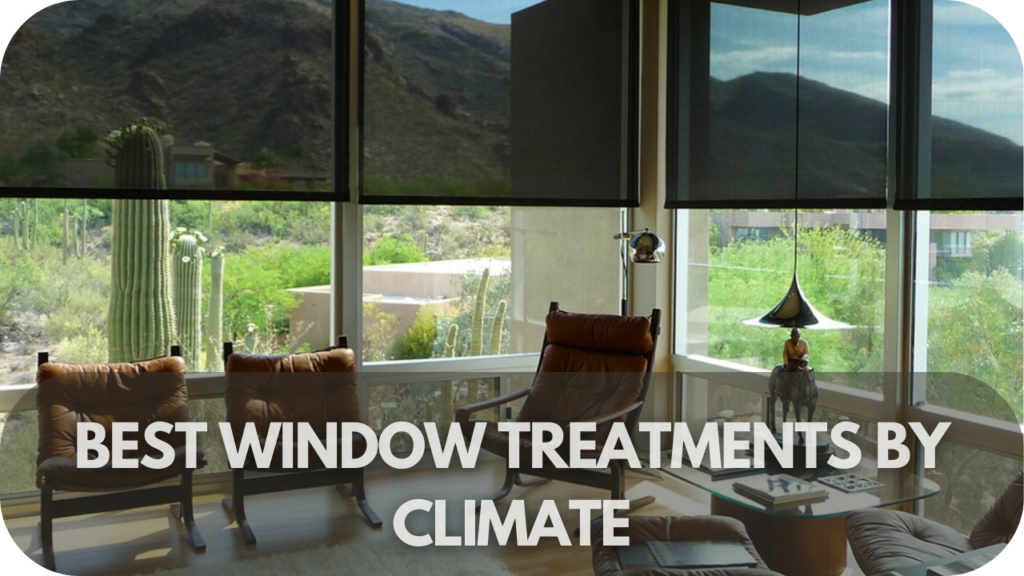
Choosing the right window treatments tailored to your climate ensures optimal comfort and efficiency year-round.
1. Tropical Climates
Solar shades are ideal in tropical regions prone to intense sunlight and heat. These shades effectively block UV rays while allowing some natural light, maintaining a cooler indoor environment. Light-filtering blinds also offer a balance of privacy and light control without trapping heat.
2. Cold Climates
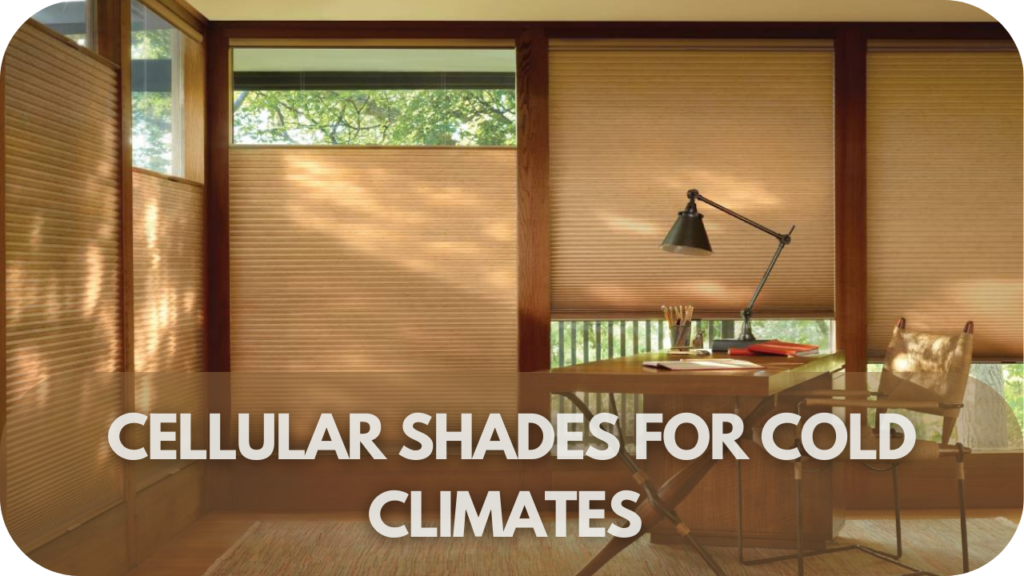
In cold climates, window treatments should provide insulation to help retain heat and improve energy efficiency. Insulated curtains with thermal linings help keep cold and warm air out, improving energy efficiency.
With their honeycomb design, cellular shades provide excellent insulation and help maintain a comfortable indoor temperature. Thermal blinds with insulating materials also prevent heat loss and enhance thermal comfort.
3. Humid Climates
Window treatments should be moisture-resistant in areas with high humidity to prevent warping and mould growth. Consider PVC Faux wood or aluminium blinds, which are moisture-resistant and easy to clean, making them ideal for humid conditions.
Outdoor shades with weather-resistant fabrics are also suitable for patios or sunrooms. Vinyl curtains are moisture-resistant and easy to clean, making them practical for high humidity.
4. Hot Climates
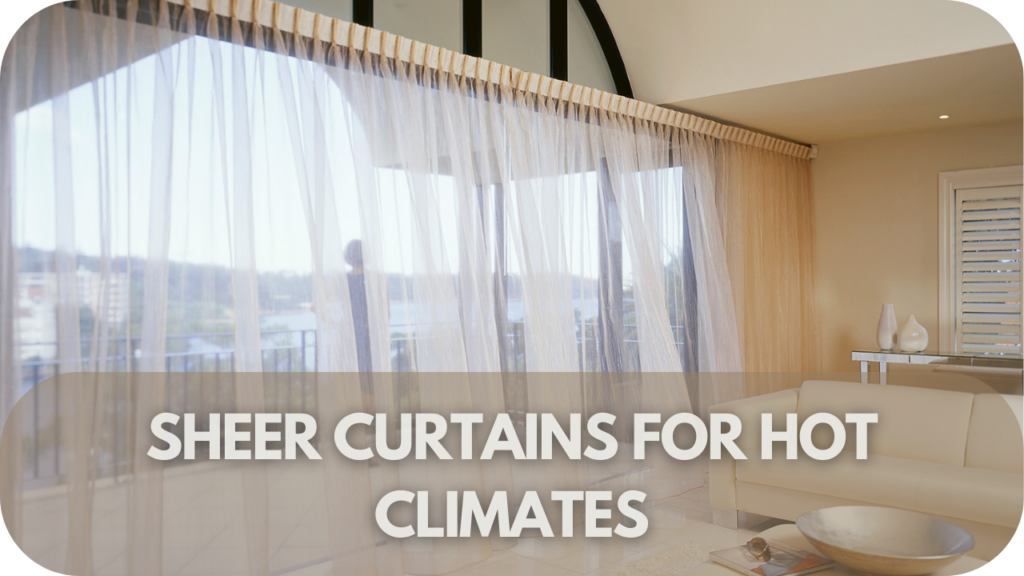
For hot climates, choose window treatments that minimise heat gain and maximise cooling. Solar shades are ideal; they block UV rays and reduce glare, allowing natural light to filter through.
Light, airy fabrics like sheer curtains can also help keep spaces cool by diffusing sunlight. Additionally, heat-reflective blinds or shades should be considered to reduce indoor temperatures further and maintain a comfortable environment.
5. Coastal Climates
Salt-resistant materials are vital in coastal areas to withstand the corrosive effects of salty air. Aluminium blinds and synthetic shades resist rust and corrosion, maintaining functionality and appearance.
Additionally, treatments with anti-microbial properties can help prevent mould and mildew in these damp conditions.
6. Moderate Climates
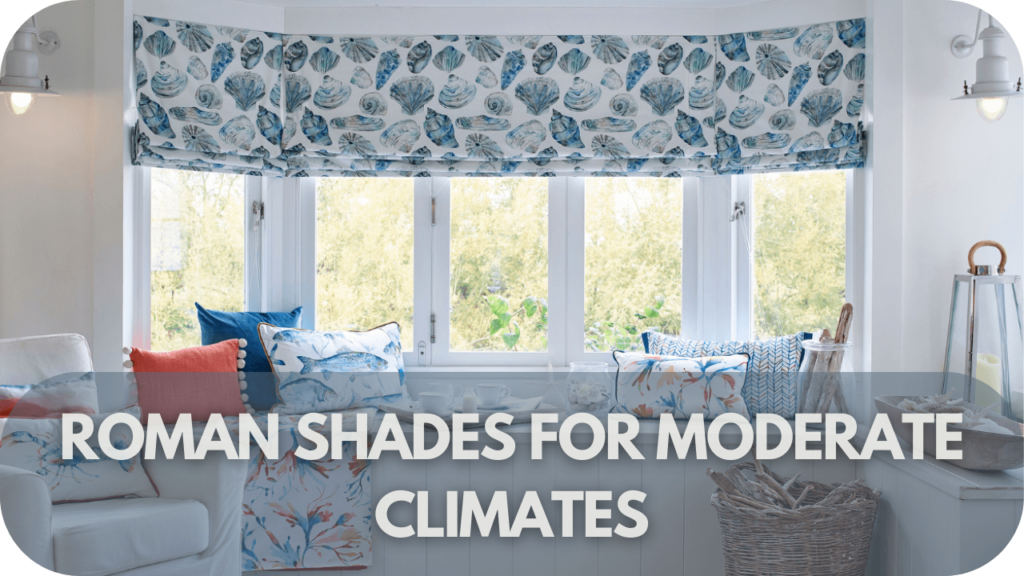
Versatile window treatments work well for regions with moderate climates, where temperature and humidity levels are balanced. Sheer curtains offer light filtering while maintaining privacy and are suitable for mild weather conditions.
Roman shades are available in various fabrics, including those that provide light control and insulation, making them versatile for different situations. Roller blinds are simple and effective and can be chosen in materials that suit the space’s needs.
Maintenance Tips
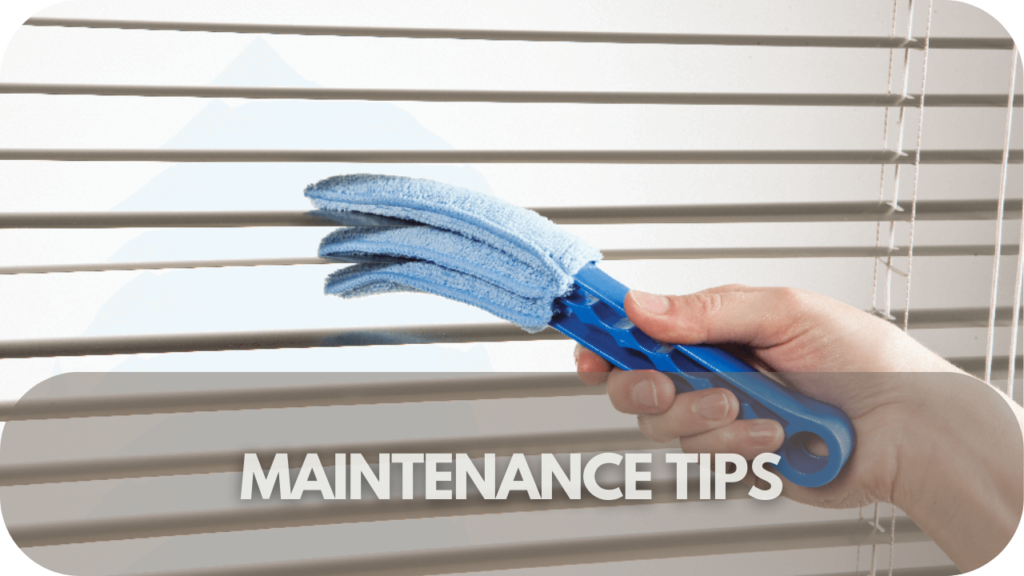
Effective window treatment maintenance depends on your local climate.
- Cold climates. Check for moisture build-up and mildew on cellular shades and heavy drapes, cleaning them with a vacuum or soft brush.
- In hot climates, dust solar shades and light fabrics regularly, using a mild detergent for spot cleaning without damaging UV-resistant treatments.
- Humid areas. Use moisture-resistant materials like faux wood or vinyl, cleaning them with a damp cloth and ensuring they dry completely to prevent mould.
- Coastal climates require regular wiping to remove salt deposits from blinds and shades, using salt-neutralising solutions if needed. Inspect mountain regions for wear due to temperature fluctuations, clean dust and debris from fabrics, and ensure blinds operate smoothly.
Conclusion
Choosing window treatments suited to your climate offers enhanced comfort and efficiency. Tailored solutions ensure optimal light control and insulation from tropical to cold temperatures.
Please consult with our experts at Into Blinds for personalised recommendations and explore our range of window treatments designed to suit every environment and style. Transform your home today with solutions that adapt to your climate’s unique demands.

